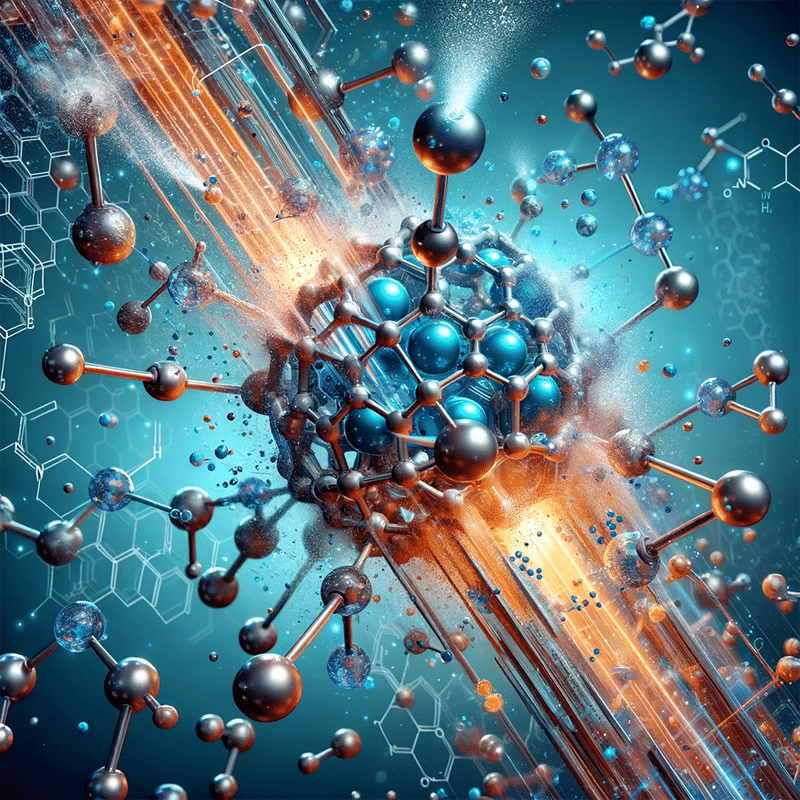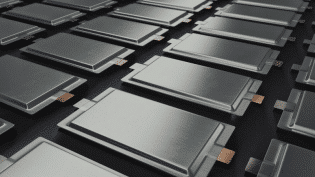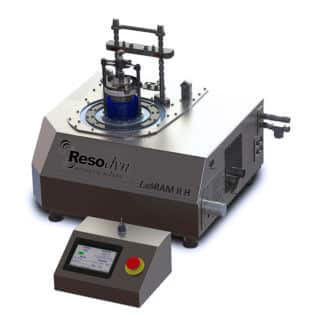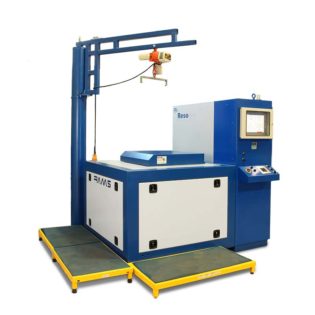
ResonantAcoustic® Mixing (RAM) Technology - Mechanochemistry Portfolio (November 2023)
Mechanochemistry is a field of chemistry that focuses on chemical reactions induced by mechanical forces such as grinding, shearing, milling, or mixing. Mechanochemistry reduces, or even eliminates, the use of solvents, heat, electricity, and other external elements to reactions. Reactions requiring multiple intermediary products may also be simplified.
Traditional processing methodologies vary from hand grinding (i.e., mortar and pestle) to shaker and planetary mills for laboratory scale production. Eccentric and horizontal high-energy ball mill devices have been the preferred methodology for scale up to batch production. While twin-screw and single-screw extrusion equipment have proven advantageous for continuous mechanochemical processing.
Illustrating clear advantages (reduced process times and increased conversion) to the aforementioned traditional processes, ResonantAcoustic® Mixing is a specialized technology that leverages low frequency acoustic waves to generate controlled mechanical force within a reaction vessel. The energy produced through ResonantAcoustic® Mixing disrupts chemical bonds and increases the chance of collision between particles promoting reaction kinetics.
Both acceleration and frequency are precisely controlled elements of ResonantAcoustic® Mixing technology, allowing chemists to tailor the reaction conditions and selectivity. Temperature control and vacuum options are also available. The ability to fine-tune the reaction environment is invaluable toward specific product outcomes.
System and process scale up has been identified as a pressing challenge toward the further advancement of mechanochemistry production. ResonantAcoustic® Mixing provides a consistent platform for both batch and continuous mechanochemical processing scale-up.
Folio Download: https://resodynmixers.com/download/mechanochemistry-folio/











